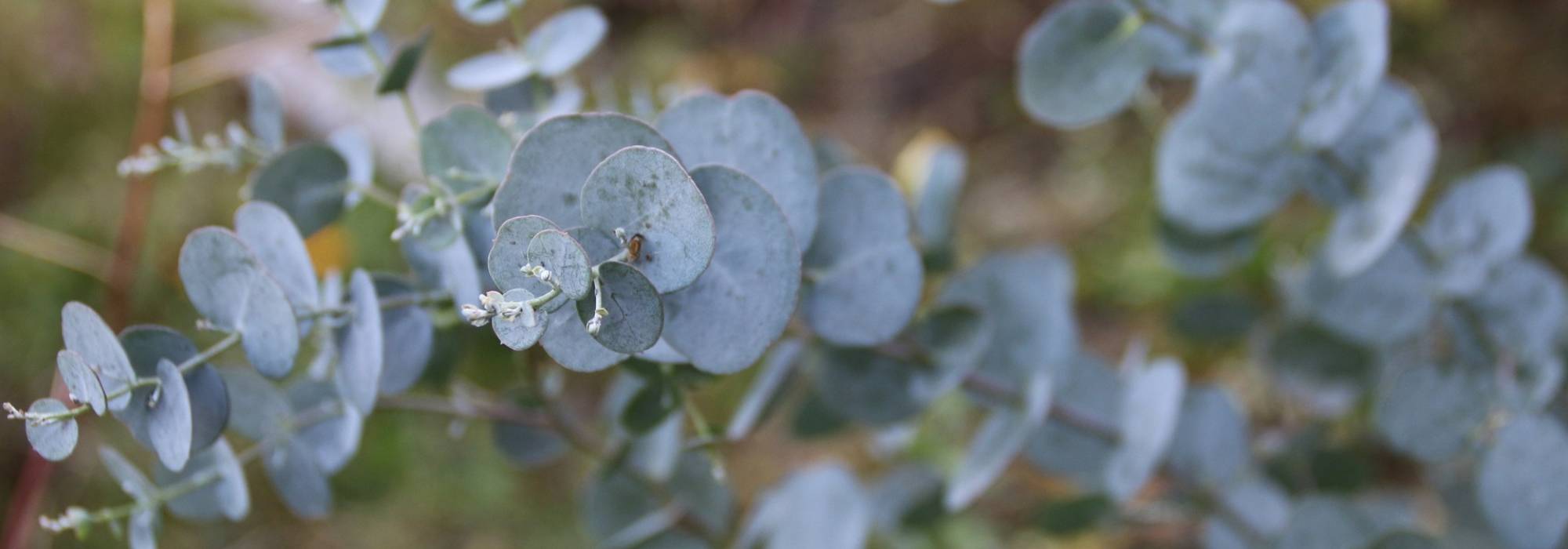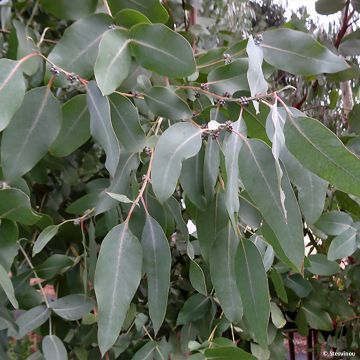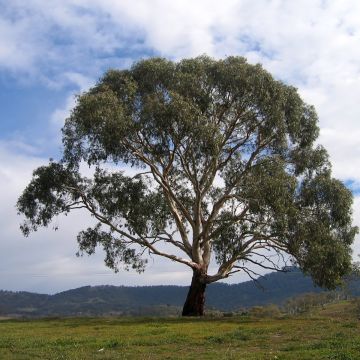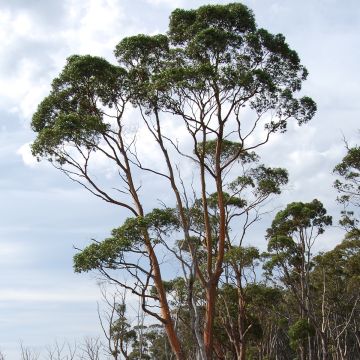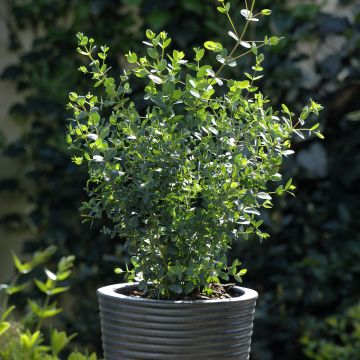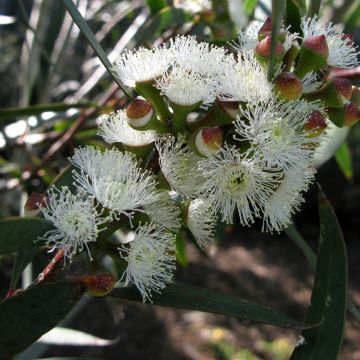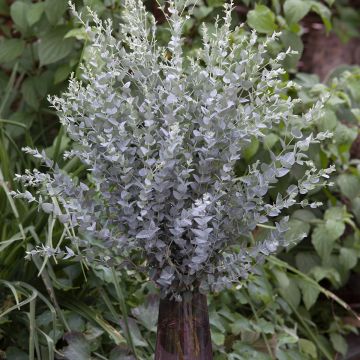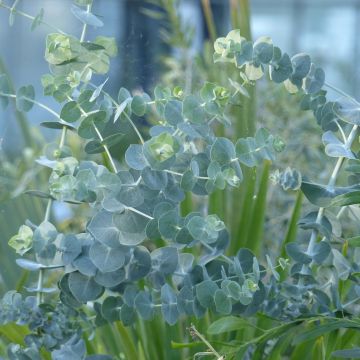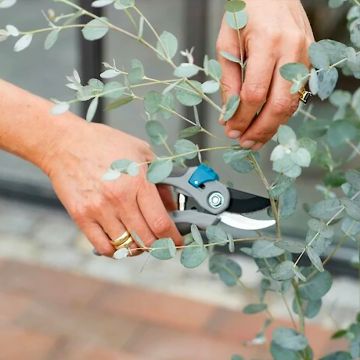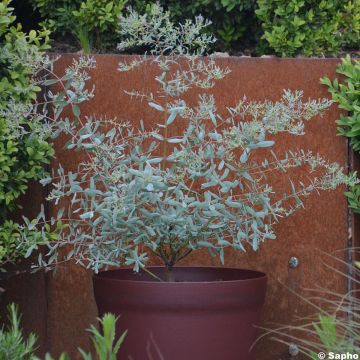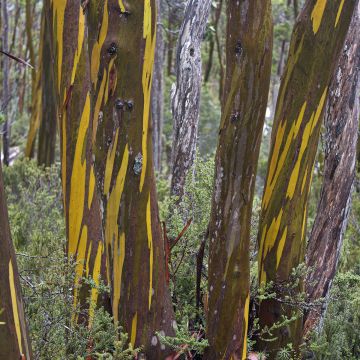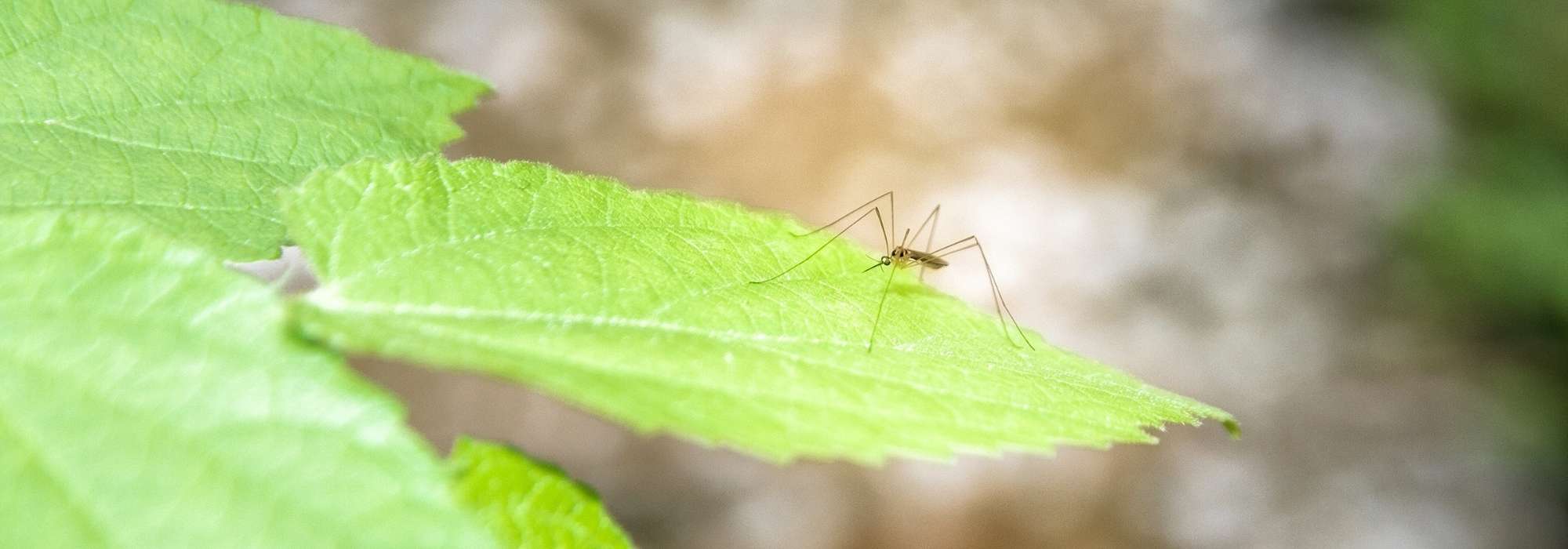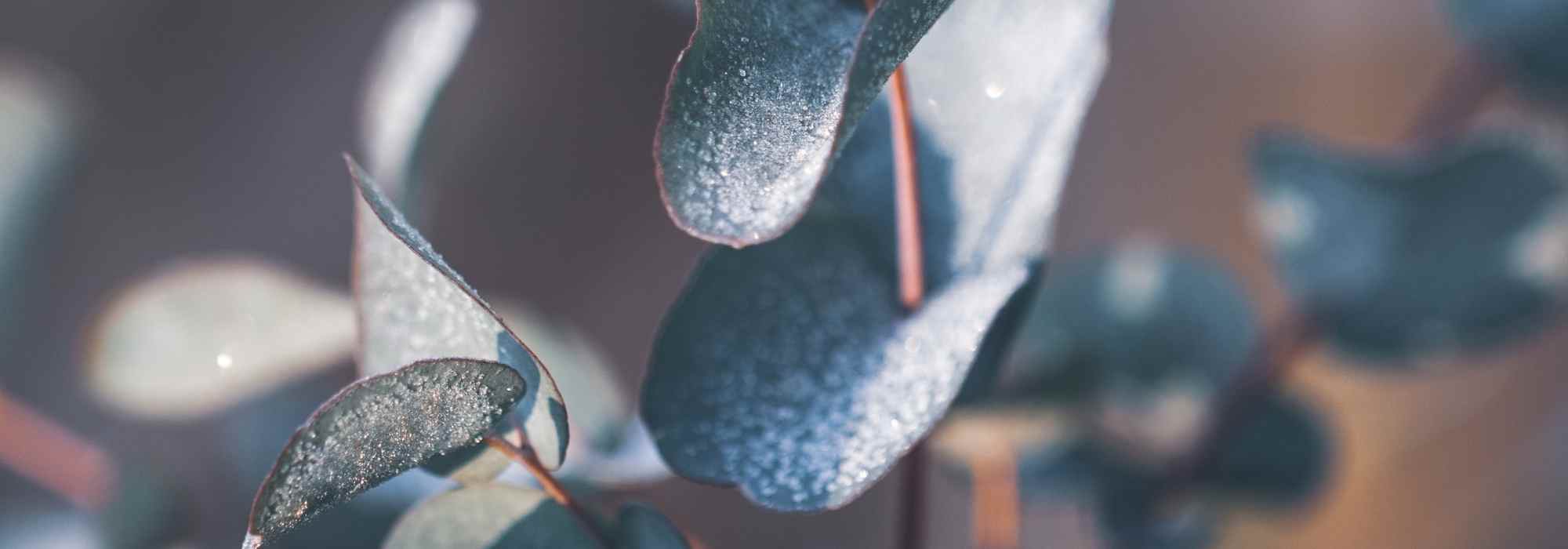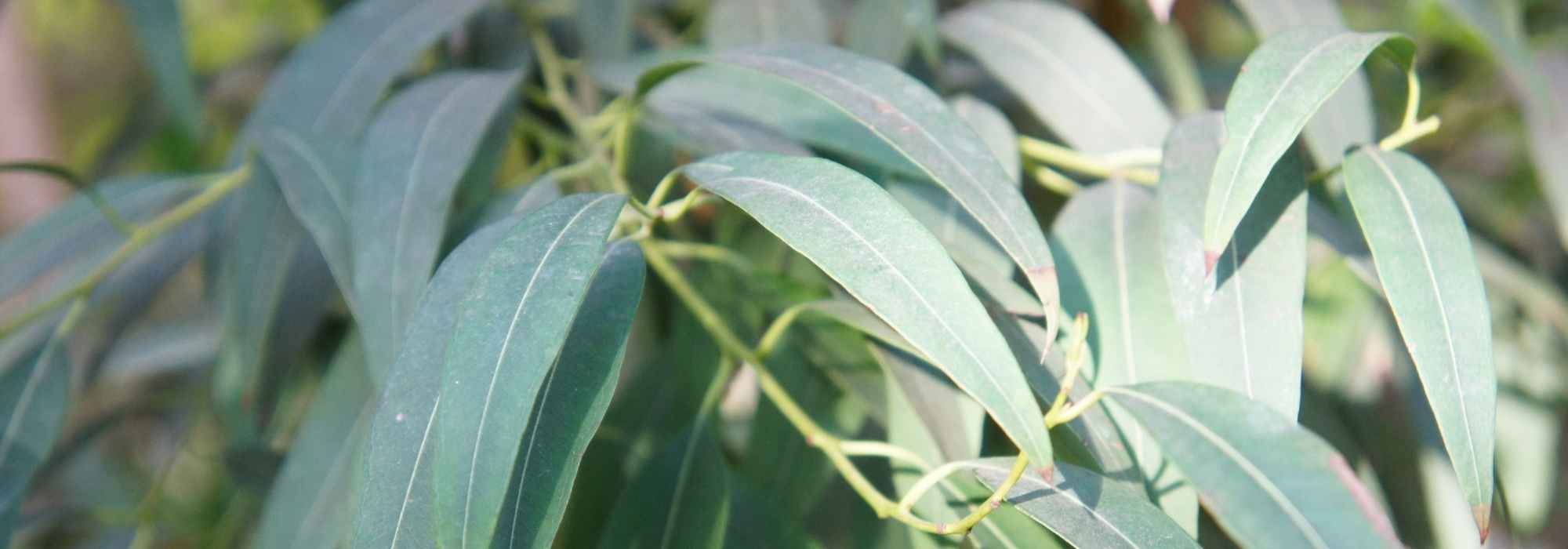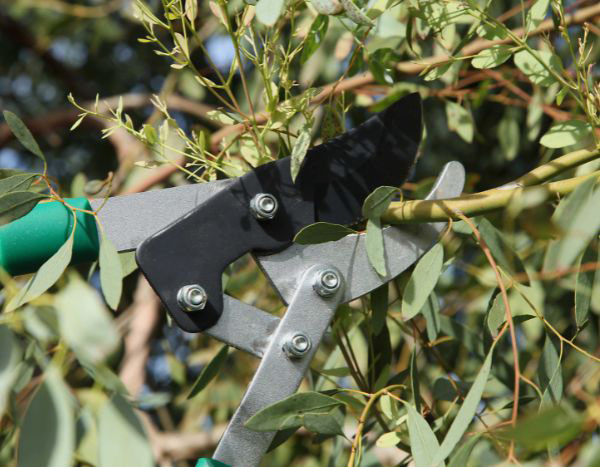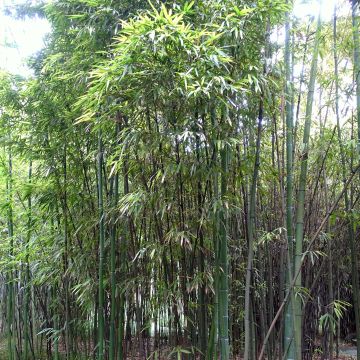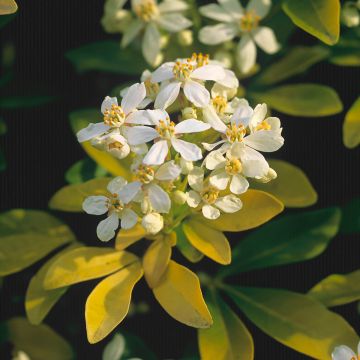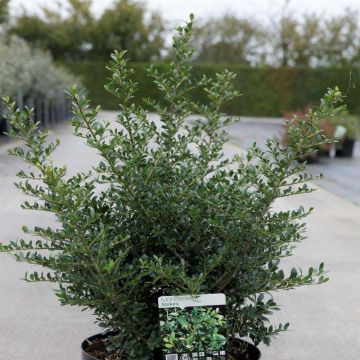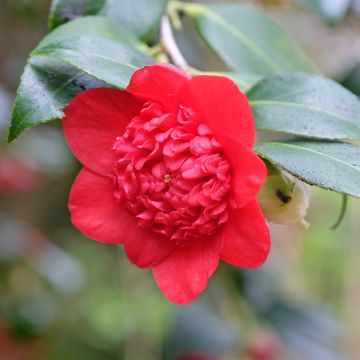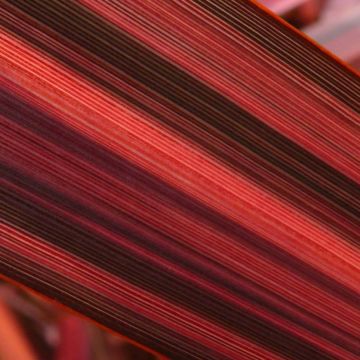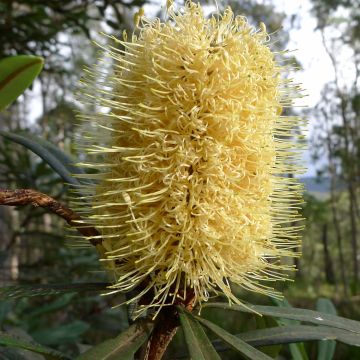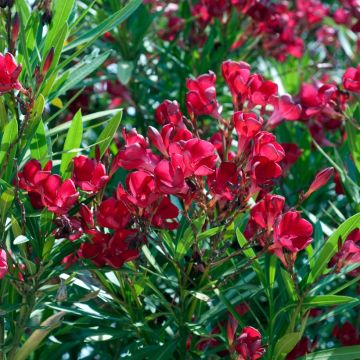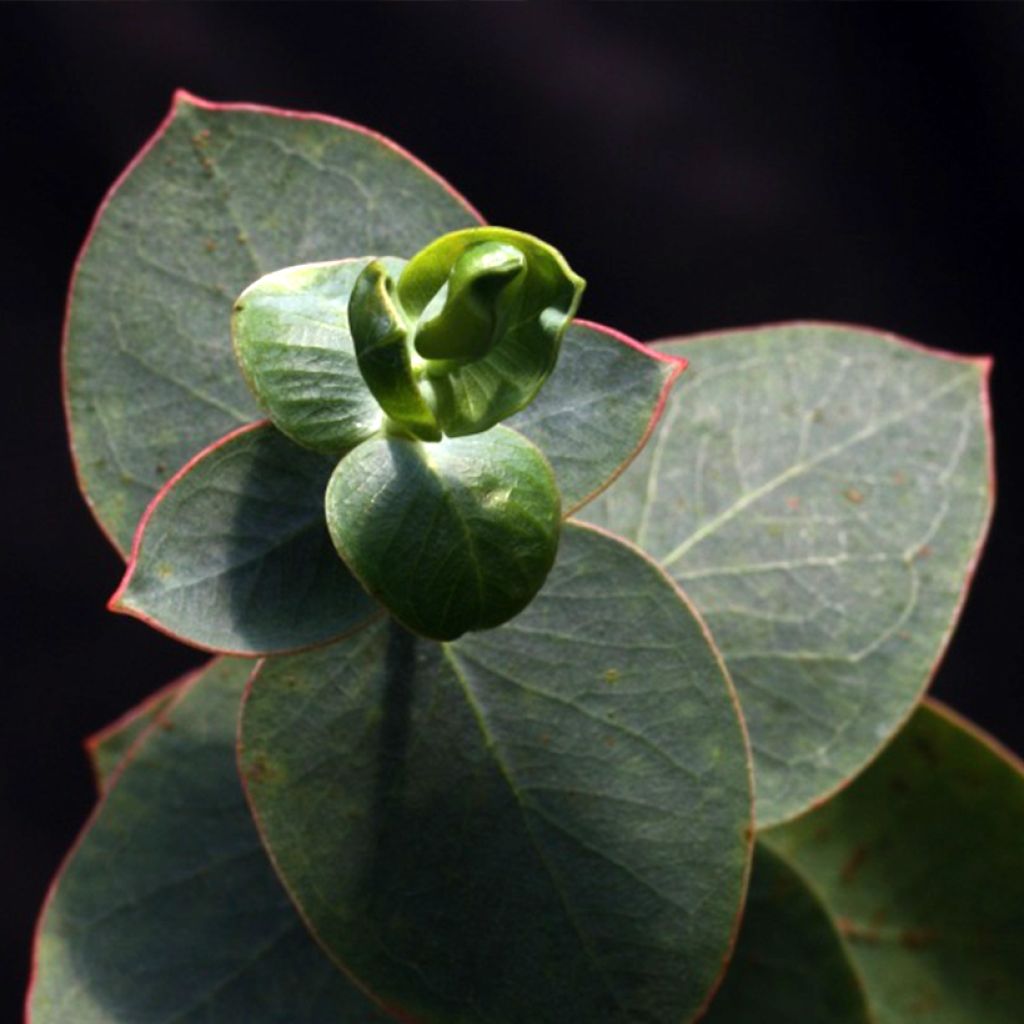

Eucalyptus sturgissiana
Eucalyptus sturgissiana
Eucalyptus sturgissiana
Special offer!
Receive a €20 voucher for any order over €90 (excluding delivery costs, credit notes, and plastic-free options)!
1- Add your favorite plants to your cart.
2- Once you have reached €90, confirm your order (you can even choose the delivery date!).
3- As soon as your order is shipped, you will receive an email containing your voucher code, valid for 3 months (90 days).
Your voucher is unique and can only be used once, for any order with a minimum value of €20, excluding delivery costs.
Can be combined with other current offers, non-divisible and non-refundable.
Home or relay delivery (depending on size and destination)
Schedule delivery date,
and select date in basket
This plant carries a 24 months recovery warranty
More information
We guarantee the quality of our plants for a full growing cycle, and will replace at our expense any plant that fails to recover under normal climatic and planting conditions.
Does this plant fit my garden?
Set up your Plantfit profile →
Description
Eucalyptus sturgissiana is native to southeastern Australia, an area with cool winters and hot summers. It forms a tall bush, reaching 5 metres (16 feet 5 inches) in height, with highly decorative bluish-green juvenile foliage. It has an airy and delicate habit, and it is capable of regrowing from the stump to form a more compact plant after a fire. Its grey-to-brown bark, which peels off in flakes, is also ornamental, more so than its fairly insignificant white flowering. Well suited to small gardens, it will grow in mild areas where frost is moderate. An uncommon bush, to be planted in a sunny location.
Eucalyptus sturgissiana belongs to the large Myrtaceae family, which is rich in nearly 6,000 plant species from tropical and warm temperate regions. Many genera are cultivated as ornamental plants: Callistemon or bottlebrush, Chamelaucium, the wax flower, Myrtle, and many Eucalyptus, a prolific genus comprising nearly 800 species. E. sturgissiana is a species native to southeastern Australia, specifically New South Wales, where it is mainly found in the vast Morton National Park (almost 200,000 hectares, 170 km (105.6 mi) south of Sydney). It mainly grows on sandstone plateaus, not far from the coast, but never directly on the coast. Its species name comes from the pastor James H. Sturgiss (1890-1983), who was the first to discover it. Its vernacular name, Ettrema mallee, indicates that it is a small-sized shrub (less than 10 metres (32 feet 10 inches)), usually with multiple trunks, belonging to the mallee group (Ettrema is the name of an area in Morton National Park).
This Eucalyptus forms a bush about 5 metres (16 feet 5 inches) high and 3 metres (9 feet 10 inches) wide, often with a somewhat gangly appearance in nature. There are usually several main stems that start from the base of the plant, producing trunks of small diameter. They bear grey to brown bark, which peels off in flakes, and then green and pinkish hues can occasionally intertwine, providing an interesting aesthetic touch. This plant has significant regenerative capacity thanks to its lignotuber. This is an underground swelling rich in starch, capable of producing numerous shoots if the aboveground part of the plant is destroyed (typically by fire). The regrowth is denser than the original plant after this. This characteristic, possessed by several Eucalyptus species, is particularly interesting from an ornamental point of view because it allows for severe pruning, which limits the plant's development, encourages branching and stimulates the formation of juvenile foliage, which is often more decorative than adult foliage.
In E. sturgissiana, the juvenile leaves have a beautiful glaucous green to greyish-green colour and a more or less heart-shaped rounded form, with the tip forming a wedge. Sessile, they are opposite on the branches, each measuring 5 to 7.5 cm (2 to 3 in) long and 3 to 7.5 cm (1.2 to 3 in) wide. They often persist in the crown but can also give way to adult foliage consisting of green lanceolate leaves, 5 to 10 cm (2 to 3.9 in) long and narrow (1 to 1.2 cm (0.4 to 0.5 in)), alternately arranged on the branches. Often slightly shiny, they are rich in glands containing essential oils.
The bush produces small compound umbels of 7 small white flowers, usually in May. The fruits (capsules) that follow contain dark brown to black seeds, 1 to 2 mm (0 to 0.1 in) long.
Native to warm summer and cool winter climates, this species can grow in mild climates.
Eucalyptus sturgissiana is probably not the most ornamental, but its compact size, ability to withstand pruning, and attractive juvenile foliage colour make it deserving of a place in the garden. The exotic appearance of this Eucalyptus pairs well with plants such as Eucryphia lucida Ballerina, a shrub with comparable hardiness interesting for its long summer pink flowering. Drimys Red Spice, a Tasmanian Pepperbush with elegant dark green persistent foliage that contrasts pleasantly with the red branches, is also perfect for these types of climates. Japanese Medlar (Eriobotrya japonica), with its beautiful dark green veined foliage, stands out against the white to beige flowering and especially the edible and very sweet orange fruits.
Eucalyptus sturgissiana in pictures
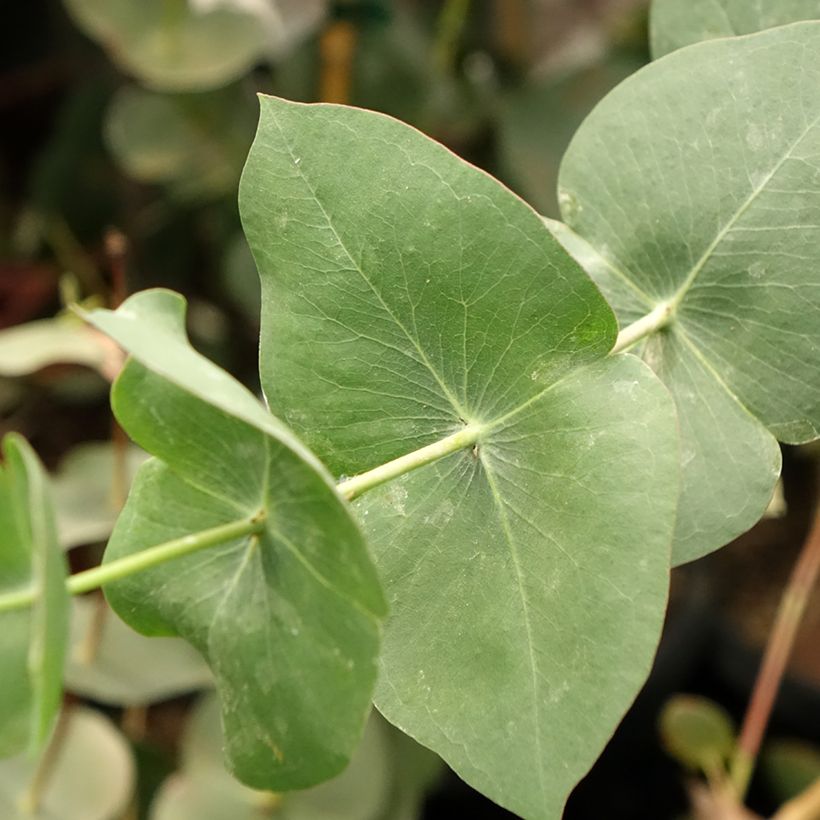

Plant habit
Flowering
Foliage
Botanical data
Eucalyptus
sturgissiana
Myrtaceae
Australia
Other Eucalyptus
View all →Planting and care
Eucalyptus sturgissiana is best planted in early spring, after the last frost, in well-prepared soil, not too dry but moist and in a very sunny position. Ordinary soil, close to neutrality, will suit it well. Hardy down to -7°C (19.4 °F), or even -10°C (14 °F), it can be planted in the mildest areas.
Water well at planting and during the first two years, especially in summer. This bush is naturally not very dense, so you can prune it in spring to help it branch out. Its lignotuber even allows it to tolerate coppicing and regrow from the stump.
Planting period
Intended location
Care
Planting & care advice
This item has not been reviewed yet - be the first to leave a review about it.
Similar products
Haven't found what you were looking for?
Hardiness is the lowest winter temperature a plant can endure without suffering serious damage or even dying. However, hardiness is affected by location (a sheltered area, such as a patio), protection (winter cover) and soil type (hardiness is improved by well-drained soil).

Photo Sharing Terms & Conditions
In order to encourage gardeners to interact and share their experiences, Promesse de fleurs offers various media enabling content to be uploaded onto its Site - in particular via the ‘Photo sharing’ module.
The User agrees to refrain from:
- Posting any content that is illegal, prejudicial, insulting, racist, inciteful to hatred, revisionist, contrary to public decency, that infringes on privacy or on the privacy rights of third parties, in particular the publicity rights of persons and goods, intellectual property rights, or the right to privacy.
- Submitting content on behalf of a third party;
- Impersonate the identity of a third party and/or publish any personal information about a third party;
In general, the User undertakes to refrain from any unethical behaviour.
All Content (in particular text, comments, files, images, photos, videos, creative works, etc.), which may be subject to property or intellectual property rights, image or other private rights, shall remain the property of the User, subject to the limited rights granted by the terms of the licence granted by Promesse de fleurs as stated below. Users are at liberty to publish or not to publish such Content on the Site, notably via the ‘Photo Sharing’ facility, and accept that this Content shall be made public and freely accessible, notably on the Internet.
Users further acknowledge, undertake to have ,and guarantee that they hold all necessary rights and permissions to publish such material on the Site, in particular with regard to the legislation in force pertaining to any privacy, property, intellectual property, image, or contractual rights, or rights of any other nature. By publishing such Content on the Site, Users acknowledge accepting full liability as publishers of the Content within the meaning of the law, and grant Promesse de fleurs, free of charge, an inclusive, worldwide licence for the said Content for the entire duration of its publication, including all reproduction, representation, up/downloading, displaying, performing, transmission, and storage rights.
Users also grant permission for their name to be linked to the Content and accept that this link may not always be made available.
By engaging in posting material, Users consent to their Content becoming automatically accessible on the Internet, in particular on other sites and/or blogs and/or web pages of the Promesse de fleurs site, including in particular social pages and the Promesse de fleurs catalogue.
Users may secure the removal of entrusted content free of charge by issuing a simple request via our contact form.
The flowering period indicated on our website applies to countries and regions located in USDA zone 8 (France, the United Kingdom, Ireland, the Netherlands, etc.)
It will vary according to where you live:
- In zones 9 to 10 (Italy, Spain, Greece, etc.), flowering will occur about 2 to 4 weeks earlier.
- In zones 6 to 7 (Germany, Poland, Slovenia, and lower mountainous regions), flowering will be delayed by 2 to 3 weeks.
- In zone 5 (Central Europe, Scandinavia), blooming will be delayed by 3 to 5 weeks.
In temperate climates, pruning of spring-flowering shrubs (forsythia, spireas, etc.) should be done just after flowering.
Pruning of summer-flowering shrubs (Indian Lilac, Perovskia, etc.) can be done in winter or spring.
In cold regions as well as with frost-sensitive plants, avoid pruning too early when severe frosts may still occur.
The planting period indicated on our website applies to countries and regions located in USDA zone 8 (France, United Kingdom, Ireland, Netherlands).
It will vary according to where you live:
- In Mediterranean zones (Marseille, Madrid, Milan, etc.), autumn and winter are the best planting periods.
- In continental zones (Strasbourg, Munich, Vienna, etc.), delay planting by 2 to 3 weeks in spring and bring it forward by 2 to 4 weeks in autumn.
- In mountainous regions (the Alps, Pyrenees, Carpathians, etc.), it is best to plant in late spring (May-June) or late summer (August-September).
The harvesting period indicated on our website applies to countries and regions in USDA zone 8 (France, England, Ireland, the Netherlands).
In colder areas (Scandinavia, Poland, Austria...) fruit and vegetable harvests are likely to be delayed by 3-4 weeks.
In warmer areas (Italy, Spain, Greece, etc.), harvesting will probably take place earlier, depending on weather conditions.
The sowing periods indicated on our website apply to countries and regions within USDA Zone 8 (France, UK, Ireland, Netherlands).
In colder areas (Scandinavia, Poland, Austria...), delay any outdoor sowing by 3-4 weeks, or sow under glass.
In warmer climes (Italy, Spain, Greece, etc.), bring outdoor sowing forward by a few weeks.






























